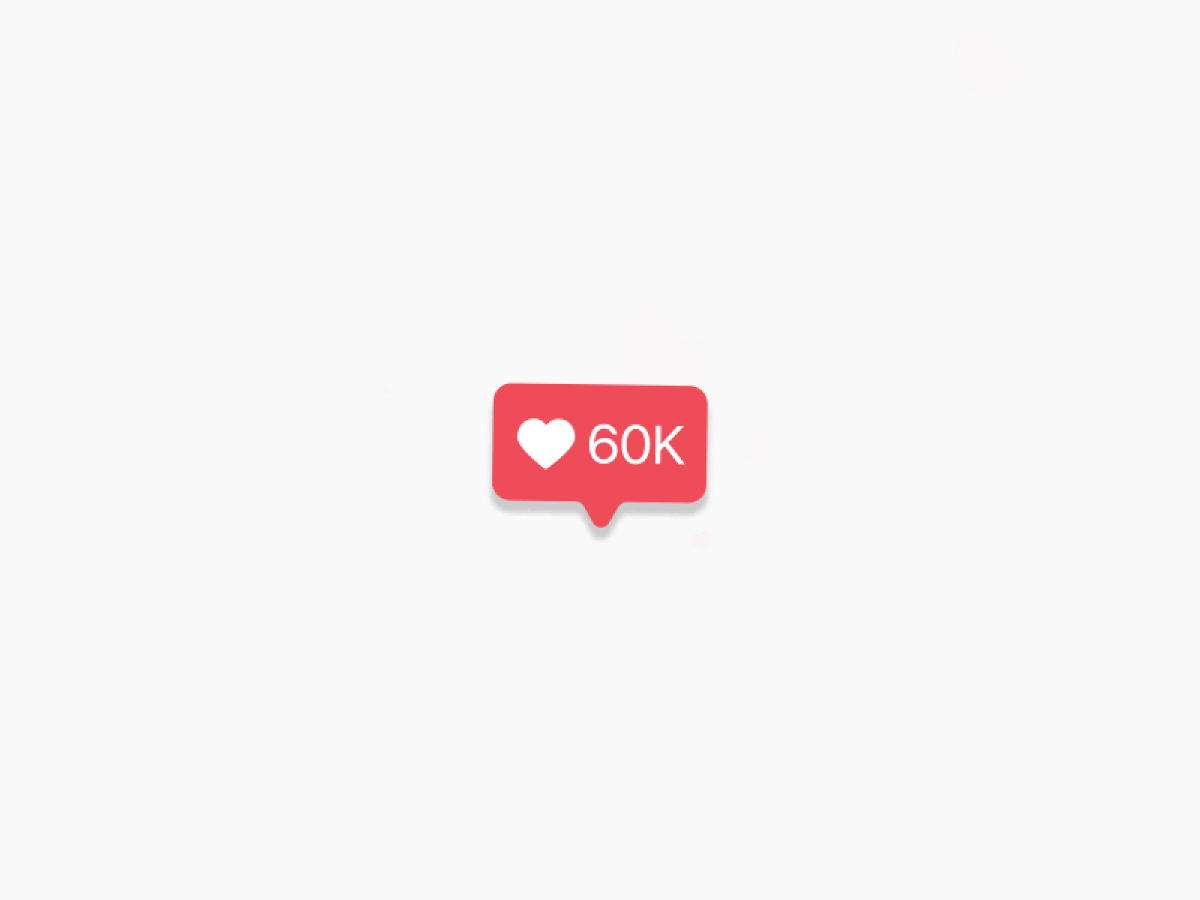Wikipedia credits Vimeo for introducing the first like button as a more casual alternative to favorites. Facebook introduced the feature in early 2009, but Twitter’s story is an interesting investigation into the differences a word or an icon can make.
Twitter switched from Faves to Likes on 3 November 2015. “You might like a lot of things, but not everything can be your favorite” explained Twitter’s announcement. They continued:
[W]e know that at times the [Fave] star could be confusing, especially to newcomers. […] The heart, in contrast, is a universal symbol that resonates across languages, cultures, and time zones. The heart is more expressive, enabling you to convey a range of emotions and easily connect with people. And in our tests, we found that people loved it.
Casey Newton’s coverage at The Verge started coverage with a bit of history:
Favorites were born in 2006, around the dawn of Twitter. As best as I can tell, they pre-date both Tumblr’s red hearts, which arrived toward the end of 2008, and Facebook’s “like” button, which was introduced in 2009. Favorites were initially designed as a way of bookmarking tweets […] But from the start, third-party developers sought to make the feature more useful. A service called Favrd sprung up to highlight popular tweets in real time based on the number of favorites, and it quickly became popular among the newly minted profession of Twitter humorists.
There’s a chance Faves were actually first introduced by Flickr in 2004, but Newton goes on to explain how they were co-opted by Twitter’s users for new purposes unrelated to the intentions Twitter had for bookmarking favorite, truly outstanding content:
In other words, favs, as they came to be abbreviated, were one more instance of Twitter’s community understanding the power of the service more completely than the people who were building it. They added hashtags to organize content around keywords; retweets to spread content virally; and through brute force converted a near-useless bookmarking feature into a powerful multi-purpose tool. I’ve favorited more than 60,000 tweets over the years, and in that time I’ve come to appreciate how versatile that little button is. I use it as a kind of read receipt to acknowledge replies; I use it whenever a tweet makes me laugh out loud; I use it when someone criticizes me by name in the hopes that seeing it’s one of my “favorite” tweets will confuse and upset them. It often works!
I’m told tests showed that people who had hearts enabled on their accounts used them more often, and I believe it: likes and hearts have become a kind of universal currency of the social web, from Facebook to Tumblr to Instagram.

“Likes” are often the reward that drive social media participation. By Anton Alexeichenko.
Weeks after Twitter’s change to Likes, TechCrunch reported a 6% increase in liking activity for existing users, and a 9% increase for new users.